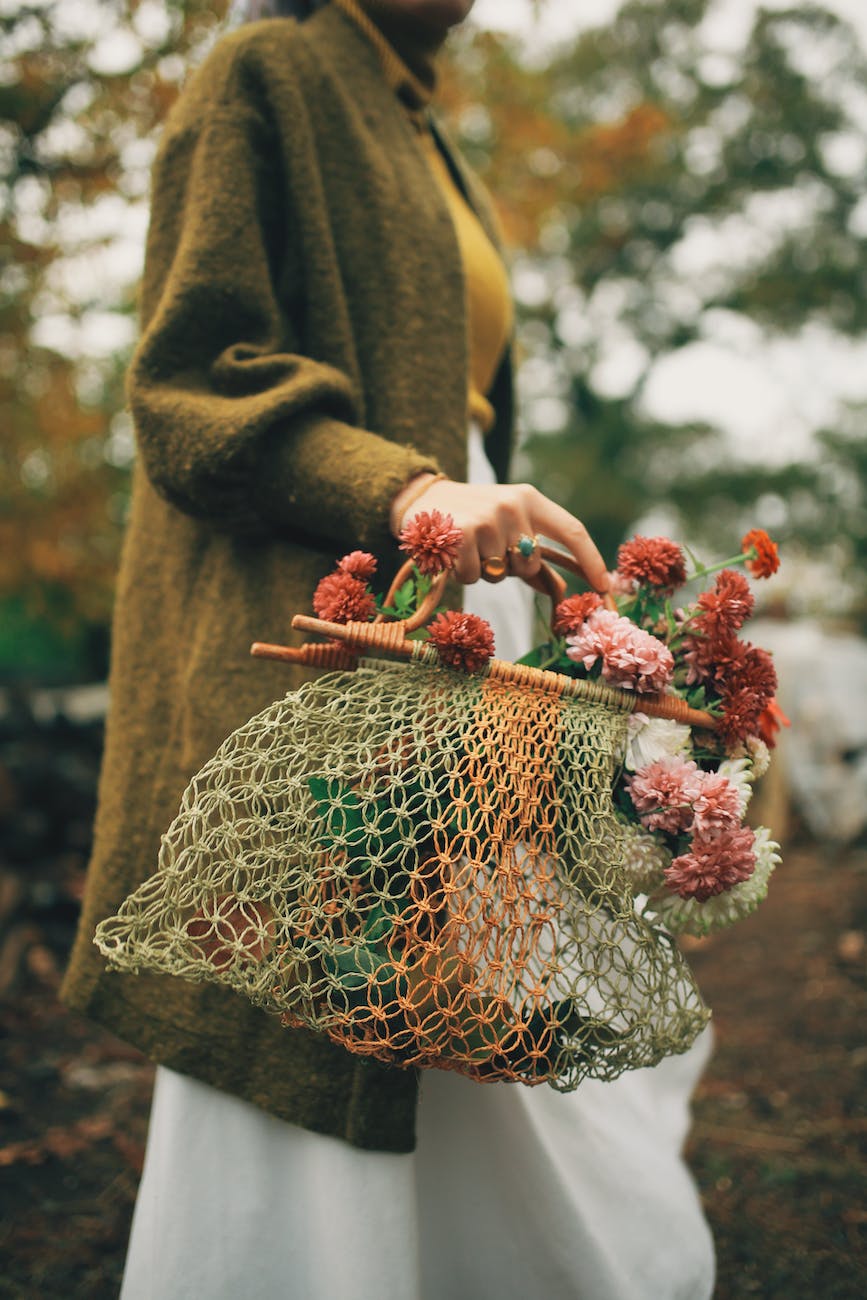knitting for the outdoors: warm accessories for adventurers
Braving the elements is more comfortable when you’re wearing hand-knit outerwear accessories that fit you perfectly. Chunky wool hats, cozy cowls, durable mittens, and thick socks can take the chill off of even the coldest wilderness expeditions.
Knitting your own functional outdoor gear is also a great way to customize your pieces with handy features like flip-top mittens and pocketed scarves. You can choose the colors, patterns, and textures that you love, and you can even add your own personal touches.
Here are some tips for knitting weather-resistant projects:
- Use a high-quality yarn that is designed for outdoor use.
- Work in a tight stitch pattern to create a fabric that is wind and water resistant.
- Block your projects to the desired size and shape.
- Store your projects in a cool, dry place.
With a little planning and effort, you can create beautiful and functional outdoor gear that will keep you warm and comfortable for years to come.
Here are some additional thoughts on the benefits of knitting outdoor gear:
- Knitting your own gear is a great way to save money.
- It’s also a great way to be more sustainable.
- Knitting your own gear is a personal and rewarding experience.
- You can create pieces that are truly unique and one-of-a-kind.
So what are you waiting for? Start knitting your own outdoor gear today!
Benefits of Knitting Outdoor Accessories
- Control colors and patterns to suit personal tastes and nature inspiration
- Create pieces sized just right instead of settling for approximate store fit
- Use pure wool and natural fibers that insulate better than acrylics
- Add special details like inner mitten liners and chin straps
- Repair and replace individual items as needed rather than whole expensive sets
- Make thoughtful handmade gifts for camping companions and outdoor enthusiasts
- Practice useful techniques like stranded colorwork and working in the round
- Portable projects for enjoying outdoors like hiking and hammock knitting
Selecting Yarns for Warmth and Durability
Wool – Merino or lambswool offer softness. Alpaca provides fluffiness. Nepalese yak down is extremely warm.
Cotton – Durable, breathable plant fiber that doesn’t absorb odors. Use blends to add elasticity.
Acrylic – Affordable, washable alternative to wool that resists shrinking. Less insulating.
Blends – Combine wool with nylon for strength and stretch. Add alpaca or angora for softness.
Weight – Bulky to super bulky yarns work up quickly for plush, insulating accessories.
Design Details for Outdoor Knits
- Knit flat panels larger to fold over ears on hats and neck on cowls
- Add interior pockets to mittens and scarves for warming hands or storing items
- Include chin straps that tie or button to secure hats in windy conditions
- Make flip top mittens that uncover fingers without removing gloves entirely
- Incorporate bright contrast colors for safety visibility against nature
- Use cozy textured stitches like cables, ribbing, and bobbles to trap warmth
- Consider machine washable yarns that withstand frequent cleaning
Essential Outdoor Accessory Patterns
Fingerless gloves – Versatile for texting and tasks while keeping hands warm
Mittens – Make two connected mittens joined by a strand for easy on/off and no lost mates
Earflap hat – Fun, practical style that ties under chin snugly
Headband – Thin or thick versions to cover ears and keep hair back
Neck gaiter – Pull over head or around neck for versatile use
Pocket cowl – Cozy neck wrap with added pouch
Socks – Tall knee highs stay put better than slouchy shorties
Now that you know the benefits of knitting outdoor accessories, it’s time to start planning your next project! There are so many possibilities, from simple fingerless gloves to complex stranded colorwork mittens. With a little planning and effort, you can create beautiful and functional pieces that will keep you warm and comfortable for years to come.
Here are a few ideas to get you started:
- A cozy cowl with a pocket for your phone and snacks.
- A pair of mittens with a fun cable pattern.
- A slouchy hat with a pom-pom on top.
- A pair of socks with a contrasting heel and toe.
- A neck gaiter that can be worn multiple ways.
No matter what you choose to make, make sure to use a high-quality yarn that is designed for outdoor use. This will help your projects last for years to come. And don’t be afraid to experiment with different colors and patterns. The possibilities are endless!
So what are you waiting for? Start knitting your own outdoor accessories today!
